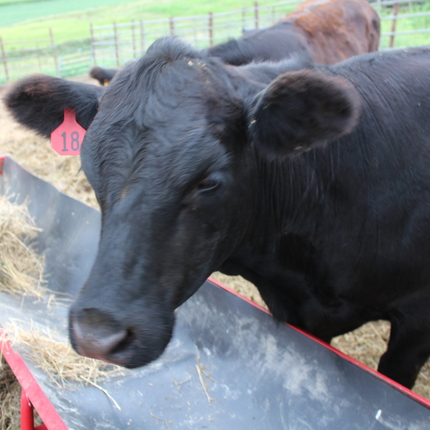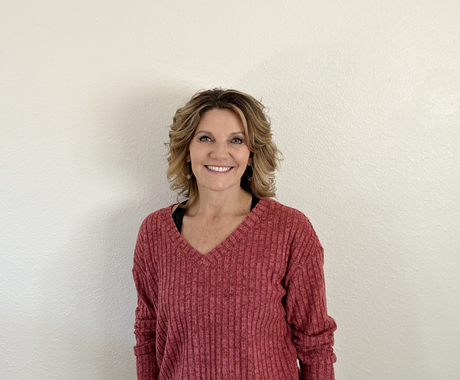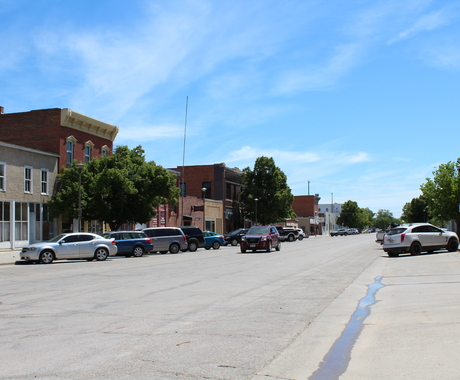By Brady Oltmans, published in The Crete News on Sept. 16, 2020
Speaking to an invisible audience on the other side of a computer screen, Nebraska State Sen. Tom Brandt introduced himself as a Plymouth native and Tri County High School Class of 1978 graduate. He then recited his decades of experience in the meat industry.
Brandt and Blair Meat Market owner Kevin Barnhill were the two featured speakers at the Virtual Town Hall: The Future of Local Meat Markets, hosted by the Center for Rural Affairs on Sept. 10, and both spent the meeting's hour duration answering various questions related to local meat markets.
In the late 1960s, federal legislation was introduced that mandated state meat inspection regulations meet federal inspection standards. Nebraska representatives declared state standards redundant, so they were removed. Brandt and Barnhill said that decision has stumped inter-state sales of Nebraska-raised meat over 50 years later.
If a local buyer arrives for purchase, it's not guaranteed that a local locker has either the space or time in the schedule for slaughter. Brandt said the locker in Diller is completely booked until next summer and the Cordova Locker space is booked over a year in advance, partially as consumers shift their attention local in light of the coronavirus pandemic.
“There's lots of hurdles,” Barnhill said. “Some new, some not-so-new.”
Brandt said that due to Nebraska's quality of meat product, he sees a lot of potential in a growing processing industry in Nebraska. He's heard interest in funding an interim study at new state meat inspection standards to help local producers compete beyond current limitations. With no inter-state sales, local producers' product stays within Nebraska's 1.9 million people. That's kept Nebraska beef out of nearby profitable metro markets like Kansas City, Des Moines, and Denver.
Part of the issue facing producers, Brandt and Barnhill agreed, was that the U.S. Department of Agriculture (USDA) uses a one-size-fits-all mentality when applying inspections. The same USDA inspection procedure happens at large-scale operations as it does brick-and-mortar lockers.
“'The USDA preference is to not deal with small operations at all,” Brandt said.
Barnhill discussed how the current most profitable path forward for producers is to have a sale arranged before it goes to the locker because of the custom exemption. If that's the case, no state or federal inspection needs to occur because the slaughter happened post-sale. Otherwise, a federal inspector is needed on-site and, logistically, that's a burden for local lockers.
Brandt said that he'd be in favor of introducing a bill in the state legislature that mirrored other state initiatives to provide funding for inspections at local lockers. The issue with that, he said, would be that bill would require a revenue source before it's introduced on the Unicameral floor.
The state senator also said that $100 million of Nebraska's share of the Coronavirus Aid, Relief and Economic Security (CARES) Act could have gone to local lockers—similar to what Montana did with its allotment. That money, Brandt said, could have started four or five more lockers throughout Nebraska, which would have at least cleared some locker space for more local producers.
Brandt and Barnhill were asked why the cause of local meat lockers should be heard. Barnhill explained that it's the local and last line between customers and food scarcity. When the supply chain pinched in April because of closures at some massive meat production plants, the Blair Meat Market continued to offer cuts while major retailers like Walmart in Blair were sold out. Brandt told those listening to go to Walmart and simply look at the quality of the cut.
“We produce more finished red meat than anyone,” Brandt said. “Nebraska has the best beef in the world. Let everyone else eat the Walmart stuff.”





